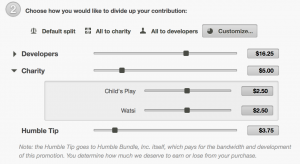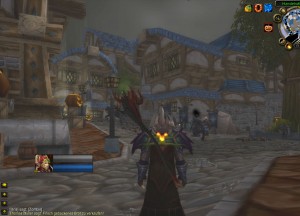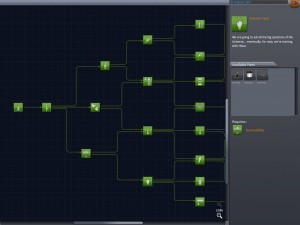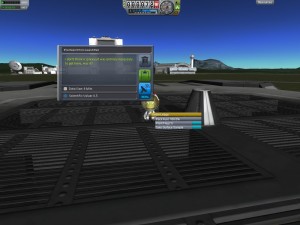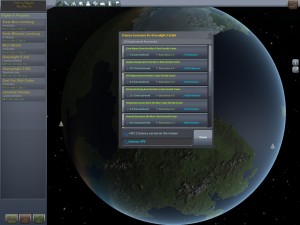Ambiguity of using Let’s Play Videos
During my ongoing literature review I often discover interesting facts about things I’ve never thought about. Sometimes I can connect these facts with my own observations: The result is mostly a completely new idea why things are as they are. Maybe these ideas are new to you, too. Therefore I’ll share my new science based knowledge with you!
This week: This time, I discuss a bit the creation of Let’s Play videos from the point of view from the copyright and from the perspective of a marketeer. Both areas have an impact on the creation process of videos and need to be handled by video game publishers the same time.
I already discussed „Let’s Play“ videos[1] (LP) and the possibility to use them as a marketing strategy[2]. However, the entertainment of watching the gameplay of other players and enjoying the additional story arc induced by the narration of the player has also some complex parts because creating and using these videos is connected with different areas of the media economy.
Most computer games are produced to generate revenue and they’re protected by the copyright. Creating a video of gameplay footage thus can be seen as making a copy of copyright protected content and this would result in a copyright infringement. On the other hand, creating a narrated LP can be also seen as a „fair use“[3] of the copyrighted work because the additional narrated story arc could be also defined as commentary and criticism. However, fair use isn’t a strict measurement and often needs to be investigated for each use of copyrighted content. In this case, having a clear permission from the copyright holder to use copyrighted content would be the safest way to prohibit any copyright infringement.
Apart from the point of view of the copyright, LPs can be also seen from the point of view of a marketeer. Video game publishers and especially indie game developers are aware of the huge potential of LPs as a marketing strategy. The narrated gameplay videos often demonstrate the entertaining gameplay of the played computer games. Viewers of these videos can become interested in the game and finally buy it to experience the gameplay on their own. In general LPs can raise the awareness of the products.
Game developers are often thankful for the gameplay coverage, because they’ve realized that these videos are a great marketing strategy and they even have not to pay for it. Often developers share these videos over their own communication platforms to raise even more the awareness for their products. By doing so, they also help the video creators to reach more potential viewers. In the end, video creator and game developer benefit from this cooperation.
Unfortunately, this can also demonstrate the ambiguity of the system. On the one hand, game developers want to make money and thus they’re thankful for the copyright that protects their product. However, to make money, they need to convince potential players to buy their products. Small game developers often can’t afford a huge marketing campaign and are thankful for LPs that demonstrate their product and thus are raising the awareness for it.
At this point the ambiguity comes into play: the video creator needs to make a copy of copyrighted content to create the videos. The game publisher encourages the video creator to make videos by sharing them over their own communication platforms. However, seen from the point of view from the copyright, the publisher also encourages the video creator to commit a copyright infringement. Fortunately, game developers are aware of this problem and often give a general permission to allow the use of their copyrighted content in order to create LPs[4].
Finally, there’s one thing left to be discussed: what about monetization? Video platforms like YouTube allow video creators to monetize their videos by displaying advertizements[5]. However, this isn’t legal if the user tries to monetize copyrighted content without a permission. Currently publishers often give the permission to monetize the LPs, which is a good thing, because they greatly benefit from the free advertizement. Additionally, by doing so, they’re also helping the video creators to develop and to produce videos with a higher quality because they might be able to afford new hard- and software with the revenue from the monetization.
To wrap things up, publishers are in charge to align their marketing actions with their copyright interests. As soon as they’re taking adventage of user generated content (UGC) like LPs, they should make sure that these content creators don’t run into problems because of the copyright. Additionally, by taking advantage of the UGC, publishers should start to think about the content as a form of protected content. They increase their own revenue by sharing the UGC, but they aren’t paying for it. Of course, giving the permission to use copyrighted content is a great offer, but the content creators are adding their own intellectual wealth to the new content. Allowing the UGC creators to monetize their creation is a good way to let them also make some money out of their own content like the narrated story arc, especially when the publisher benefits from the intellectual wealth of the content creator.
